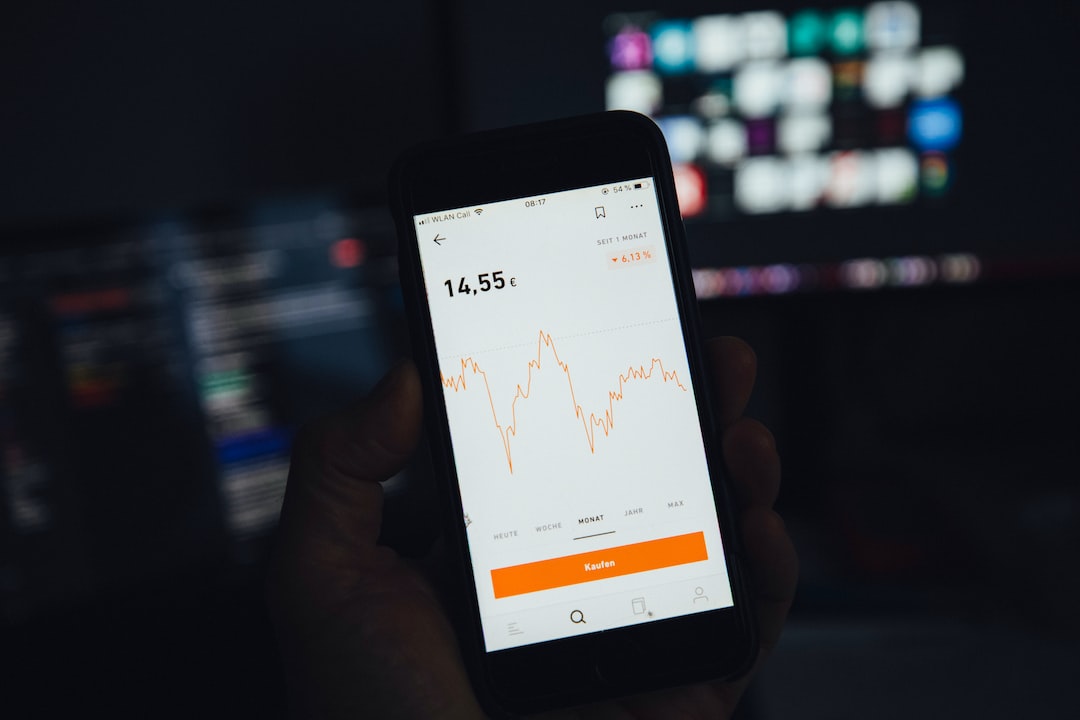Comparing Different Volatility Indicators for Forex Trading
Volatility is a crucial factor in the forex market that traders need to understand and consider. Volatility refers to the rate at which the price of a currency pair fluctuates over time. A highly volatile market can present both opportunities and risks for traders. Therefore, it is essential to have a reliable volatility indicator to make informed trading decisions.
In this article, we will compare different volatility indicators commonly used by forex traders. Understanding the strengths and weaknesses of each indicator can help traders choose the most suitable one for their trading style and strategy.
1. Average True Range (ATR):
The Average True Range is a widely used volatility indicator that measures the average range between the high and low prices over a specific period. It provides traders with valuable information on the current level of volatility in the market. A higher ATR value indicates higher volatility, while a lower value suggests lower volatility.
One advantage of using ATR is its ability to adapt to changing market conditions. As it is based on the actual price range, it captures both normal and abnormal market movements. However, ATR does not provide any directional bias, making it necessary to combine it with other indicators for better trading decisions.
2. Bollinger Bands:
Bollinger Bands consist of three lines plotted around the price chart: a simple moving average (SMA) in the middle and two standard deviation lines above and below it. The distance between the upper and lower bands represents the volatility of the currency pair.
Traders often use Bollinger Bands to identify periods of high and low volatility. When the bands contract, it suggests low volatility, indicating a potential breakout or a period of consolidation. Conversely, when the bands widen, it indicates high volatility, presenting trading opportunities.
One limitation of Bollinger Bands is their reliance on historical price data. They might not react quickly to sudden market changes or news events, leading to delayed signals. Traders should use Bollinger Bands in conjunction with other technical analysis tools for more accurate predictions.
3. Average Directional Index (ADX):
The Average Directional Index is a non-directional indicator that measures the strength of a trend and identifies whether the market is trending or ranging. It does not provide information about the direction of the trend but focuses on its strength.
The ADX ranges between 0 and 100, with higher values indicating a stronger trend. Traders can use the ADX to identify periods of high volatility when the indicator is rising, suggesting a potential breakout or a trend reversal. However, a low ADX value indicates low volatility and a range-bound market.
One drawback of the ADX is its lagging nature. It might not provide timely signals at the beginning of a new trend. Additionally, it does not distinguish between bullish and bearish trends, requiring traders to use other tools for trend confirmation.
4. Volatility Index (VIX):
The Volatility Index, commonly known as VIX, is a measure of market expectations for future volatility. It represents the market’s fear gauge and is often referred to as the “fear index.” The VIX is calculated using the implied volatility of S&P 500 options.
While the VIX is not directly related to forex trading, it can provide useful insights into overall market sentiment and risk appetite. When the VIX is high, it indicates increased market volatility and uncertainty. Conversely, a low VIX suggests calm market conditions.
Forex traders can monitor the VIX to gauge the overall risk environment and adjust their trading strategies accordingly. However, it is important to note that the VIX reflects expectations for the stock market, and forex volatility might not always align with it.
In conclusion, choosing the right volatility indicator for forex trading is crucial for making informed trading decisions. The Average True Range, Bollinger Bands, Average Directional Index, and Volatility Index are just a few examples of the many indicators available. Traders should consider their trading style, strategy, and market conditions when selecting the most appropriate indicator. Additionally, combining multiple indicators can provide a more comprehensive view of market volatility.





